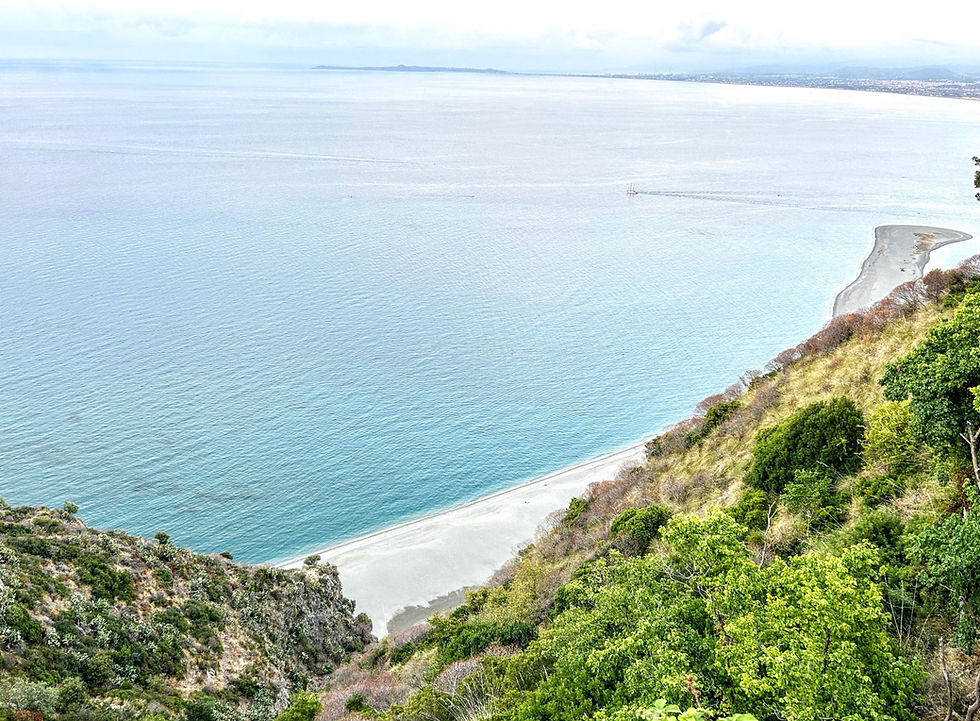It was born on an early Christian Basilica and in the Middle Ages it was named after San Terenzio, 1st bishop of Pesaro and protector. Of exceptional artistic quality is the fresco at the end of the left nave, from the Urbino school, probably with the intervention of a fifteen-year-old Raphael... #tuttitaly
The Metropolitan Cathedral of Santa Maria Assunta in Pesaro offers a fascinating journey through history and art. The sacred building stands on the site of an ancient paleochristian basilica and over the centuries has undergone various transformations that have made it a living testimony to the evolution of architecture and sacred art.
In medieval times, the cathedral was dedicated to St. Terentius, the first bishop of Pesaro in the 3rd century, martyr and protector of the city. The history of the building took a turn in 1503, when the bell tower was destroyed by order of Cesare Borgia. This event led to a radical reconstruction and enlargement of the presbytery and the apse.
One of the major discoveries took place in 1865, during a renovation led by architect Giambattista Carducci, when two superimposed floor mosaics dating back to the 6th century AD were found. These mosaics, which extend throughout the church, testify to the artistic and historical richness of the building.
Among the artistic treasures of the cathedral, the fresco at the end of the left aisle stands out, attributed to the school of Urbino with the likely involvement of a young Raphael. This artistic masterpiece further enriches the importance of the cathedral as a place of worship and culture.
The current structure of the church dates back to the reconstruction in the 19th century, which has preserved the intact thirteenth-century façade, a rare example of Romanesque architecture in the city of Pesaro. Details such as the fourteenth-century white stone portal adorned with two lions testify to the skill and elegance of the master stonemasons of the time.
Visiting the Metropolitan Cathedral of Santa Maria Assunta in Pesaro is a unique experience to immerse oneself in the rich history and art that characterize this sacred place, where past and present blend in an indissoluble union.
























Comments